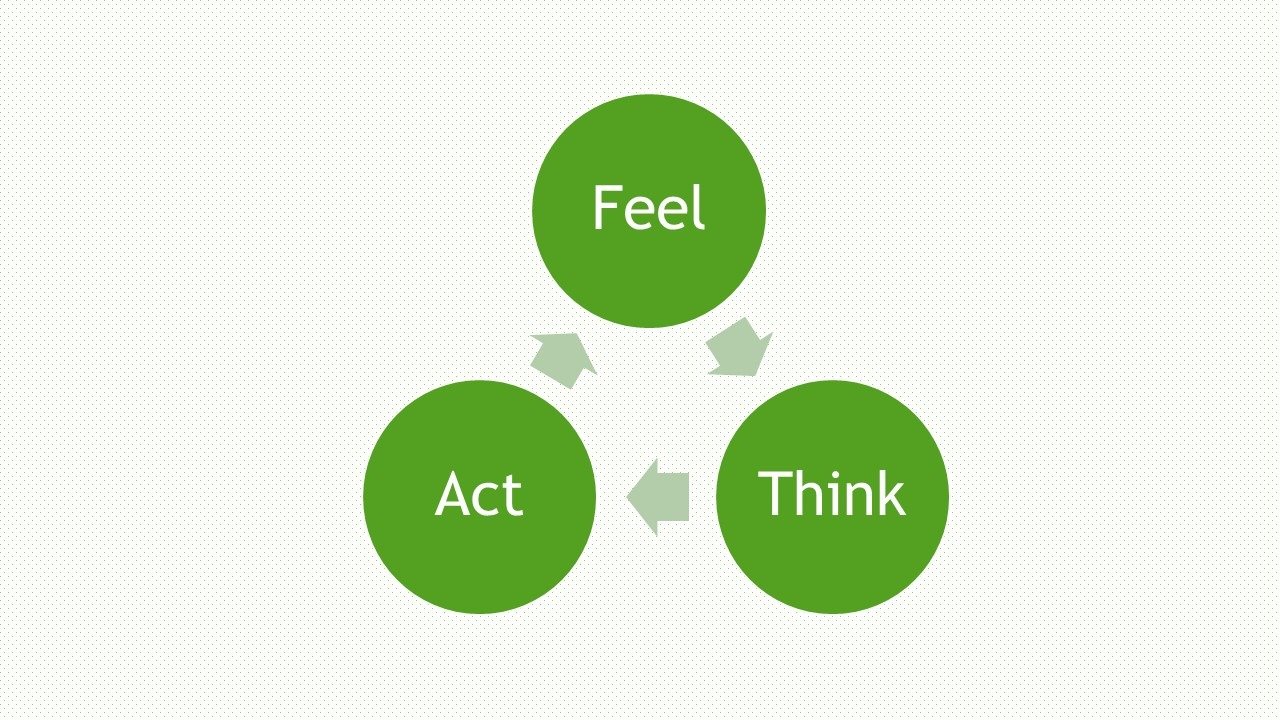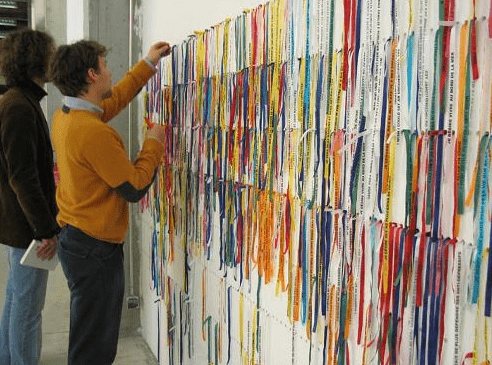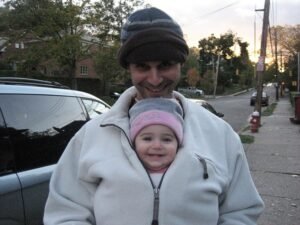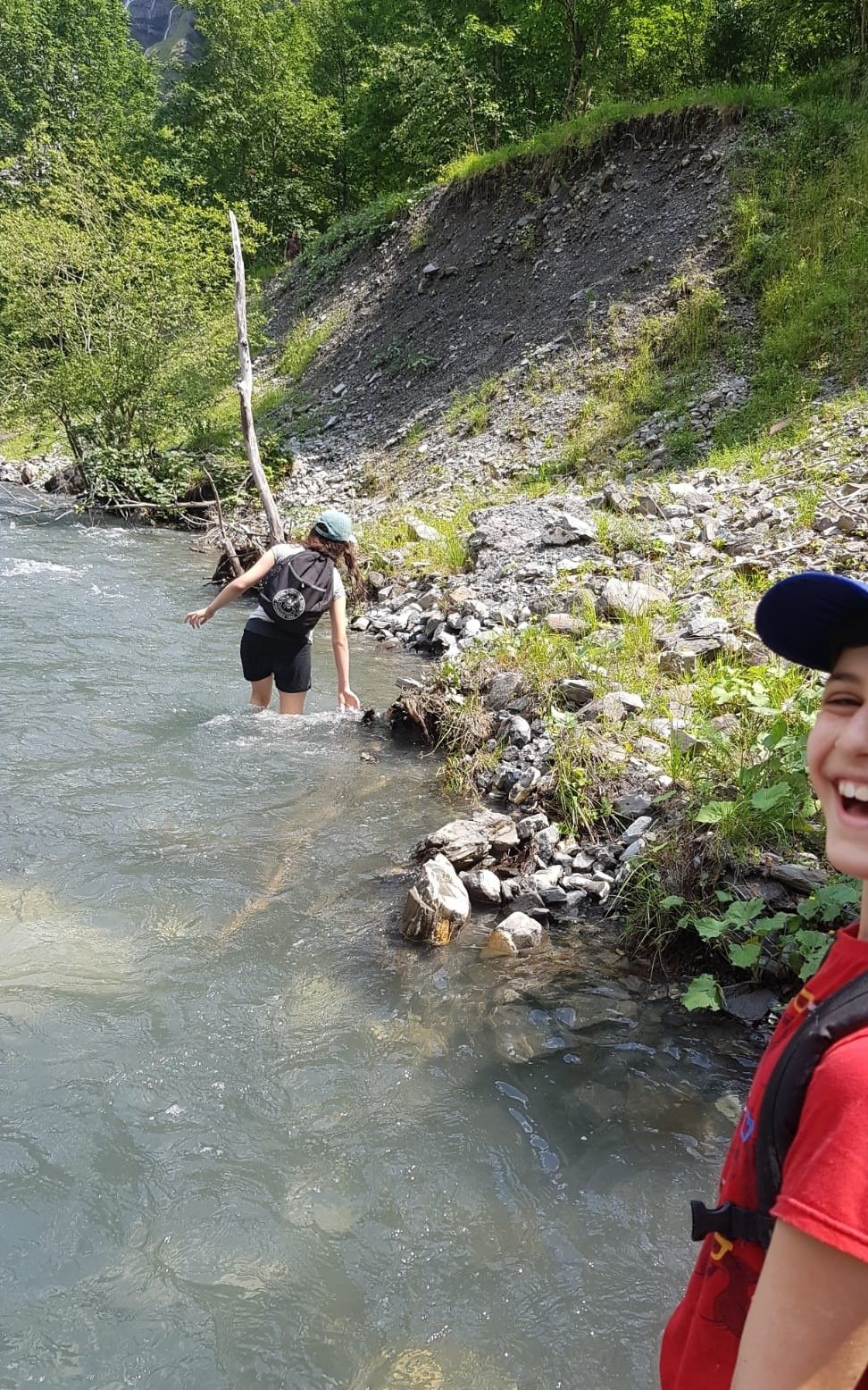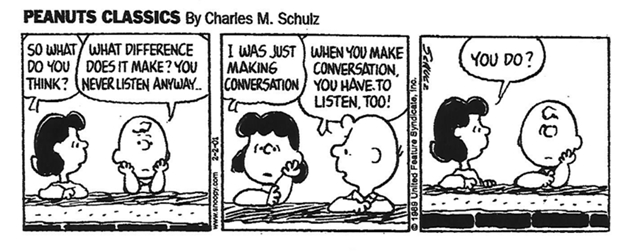Over a decade ago, a survey from Harvard Business School showed 94% of people in professional services were putting in over 50 hours of work a week, with nearly half of the survey participants working over 65 hours a week [1]. The article later mentions that these individuals are also spending an extra 20-25 hours a week working outside the office monitoring their—nostalgic moment ahead in… 3,2,1—BlackBerrys.
One would think that with the multitude of studies showing the health hazards of not adhering to work-life balance [2], we would see a significant shift in organizations and employees’ behaviors by now. But a recent survey shows that things have not improved at all. In the wake of Covid-19, when the boundaries have blurred to such an extent where it is hard to ascertain if one is currently “at work” or “at home”, employees are putting in an extra 48.5 minutes per day on average [3] while taking less time off, even when they feel unwell [4].
Although the concept of work-life balance is often discussed, as far back as the early ’80s [5], it is no nearer to being resolved.
Why is work-life balance not working?
One of the reasons is that the concept itself is flawed.
When we talk about work-life balance, we are actually pitching two important and integral parts of our lives, one against the other; Is it really either work or life? Is work not an important and richly rewarding part of our life? (if your answer is ‘No’, we need to discuss Work Restructuring). This misleading juxtaposition of work vs. life creates an unnecessary inner conflict as if one must yield for the other to succeed instead of aiming towards a peaceful and empowering resolution, where the whole is greater than the sum of its parts.
Some researchers [6] are now referring to this field by calling it work-life integration. This is indeed an improvement but still emphasizes an artificial duality and inner split between two opposing parts that now need to be somehow integrated.
Additionally, the attempt to achieve a state of balance is doomed to fail. Firstly, any attempt to stay perfectly balanced while trying to navigate our lives in an unstable, unpredictable world will incur energy, extra work and frustration. Moreover, there is no growth in balance; we need imbalance in order to grow. For example, it is impossible to develop a muscle without moving it out of balance; this imbalance creates those microscopic tears that allow the muscle to grow.
What is it that we really want?
The fact is that most people are not interested in balance at all. They want to grow, expand, learn and succeed professionally and personally.
Think about it, weren’t some of your most meaningful times during or after a period that you worked hard and gave it your all? I for one can say that most of my greatest achievements were done while working long hours for weeks on end. Moreover, research shows that we experience many more moments of “flow” when we are at work rather than at home [7]. Should we set aside these feelings of accomplishment and fulfillment for the sake of an imaginary balance?
So, what are you looking for? Fulfillment or balance? I am guessing most if not all of you would choose the former rather than the latter.
We still need work and life balance, but not the static one, and not the one that pitches an imaginary good against evil. Rather than focusing on balancing work vs. life, we need to focus on the energy and the engagement we bring into all aspects of our life. We need to create what I call an Engaged Living.
An Engaged Living emphasizes the energy we create and the engagement we feel and expend throughout the day, in both our personal and professional lives. While time is a limited resource that causes the all so familiar conflicts of personal vs. professional, research on work with athletes shows that energy can be much more malleable. We can create energy, maintain it and utilize it more efficiently once we understand the basic rules of sustainable living.
When I started my business, my kids were very young. Being an entrepreneur, I would come home every day exhausted from a long day of work. Although I had more control and flexibility over my work schedule, I still worked so hard that when I finally met my kids, I was either too tired or too distracted and usually both to actually be present with them. I literally “gave at the office,” and I had nothing more to give at home.
Interestingly, even during those instances where I came home earlier, I still carried my heavy bag of worries and distractions with me. I was spending more time with my kids, but not in a meaningful way; I was simply not fully there.
One day, after a painful marketing failure I experienced at work, I dragged myself from work to pick up my kids from kindergarten. As I was looking at them running around in the playground, I realized I was totally drained. My focus on succeeding at work had left me no energy for anything else. I was physically with them, but I did not, so to speak, bring any fertile soil for us to grow and engage in. I was sitting there like an empty shell. I was burnt out.
After that day, I started researching and gradually testing and applying a more sustainable way of living, one that allows me to create a high-performance sustainable living, a life of engagement, in both my professional and personal life.
I realized through this process that my energy can be fuelled by my actions, decisions and internal motivation, and more importantly, that energy was much more pliable than time.
While time is unchangeable and finite, energy levels are not. We all had this experience where we were exhausted and felt like sleeping, but suddenly experienced an interesting occurrence, which woke us up immediately. These kinds of quick transitions from low to high energy can occur spontaneously, but they could also be designed and planned throughout the day by using a few basic practices.
In addition, while awareness of time creates a sense of conflict due to its limited nature, the awareness of energy is a dynamic flow. As humans, we were never meant to set our lives according to the strict ticking of a mechanical clock but the gentle wave of our inner rhythmic cycle.
“We live in a world”, writes Jim Loehr, “that celebrates work and activity, ignores renewal and recovery, and fails to recognize that both are necessary for sustained high performance.” [8]
Just like riding a wave, one can use the high end of our energy, the crest, to tackle the difficult obstacles of our day while being aware and allowing ourselves to rest and regenerate energy when it is time for the crest to become a trough. This cycle is much more natural to us as opposed to the strict and unbending characteristics of time. Once we become aware of this inner rhythm, we can choose to ride the waves skillfully and use their power to allow us more energy for longer stretches of time without exhausting ourselves.
A few years ago, I created an eight-dimensional course that teaches a step-by-step process of tapping into the internal reservoirs of energy and designing and implementing an Engaged Living.
While it is impossible to squeeze such a comprehensive course into a quick list of tips, in the following article, I wrote a shortlist of five principles to quickly get you started on designing your own Engaged Living.
Instead of focusing our energy on work, life and the balance between them, I invite you to take the first steps to a kinder and more sustainable personal and professional living, one that is based on managing and growing energy, not time, which in turn can lead to a greater feeling of accomplishment and fulfillment.
What is your method of managing your energy at work and in life? Feel free to share your questions, thoughts and ideas below in the comments.
References
[1] Perlow, L. A., & Porter, J. L. (2009). Making time off predictable–and required. Harvard business review, 87(10), 102-9.
[2] Virtanen, M., & Kivimäki, M. (2018). Long working hours and risk of cardiovascular disease. Current cardiology reports, 20(11), 1-7.
[3] Dembe, A. E., Erickson, J. B., Delbos, R. G., & Banks, S. M. (2005). The impact of overtime and long work hours on occupational injuries and illnesses: new evidence from the United States. Occupational and environmental medicine, 62(9), 588-597.
[4] Caruso, C. C. (2004). Overtime and extended work shifts; recent findings on illnesses, injuries, and health behaviors.
[5] Sadun R. et al. (2020). You’re Right! You Are Working Longer and Attending More Meetings, Harvard business school working knowledge.
[6] Work/Life Integration (n.d), Berkely Haas.
[7] Csikszentmihalyi, M., & LeFevre, J. (1989). Optimal experience in work and leisure. Journal of personality and social psychology, 56(5), 815.
[8] Loehr, J., Loehr, J. E., & Schwartz, T. (2005). The power of full engagement: Managing energy, not time, is the key to high performance and personal renewal. Simon and Schuster.



